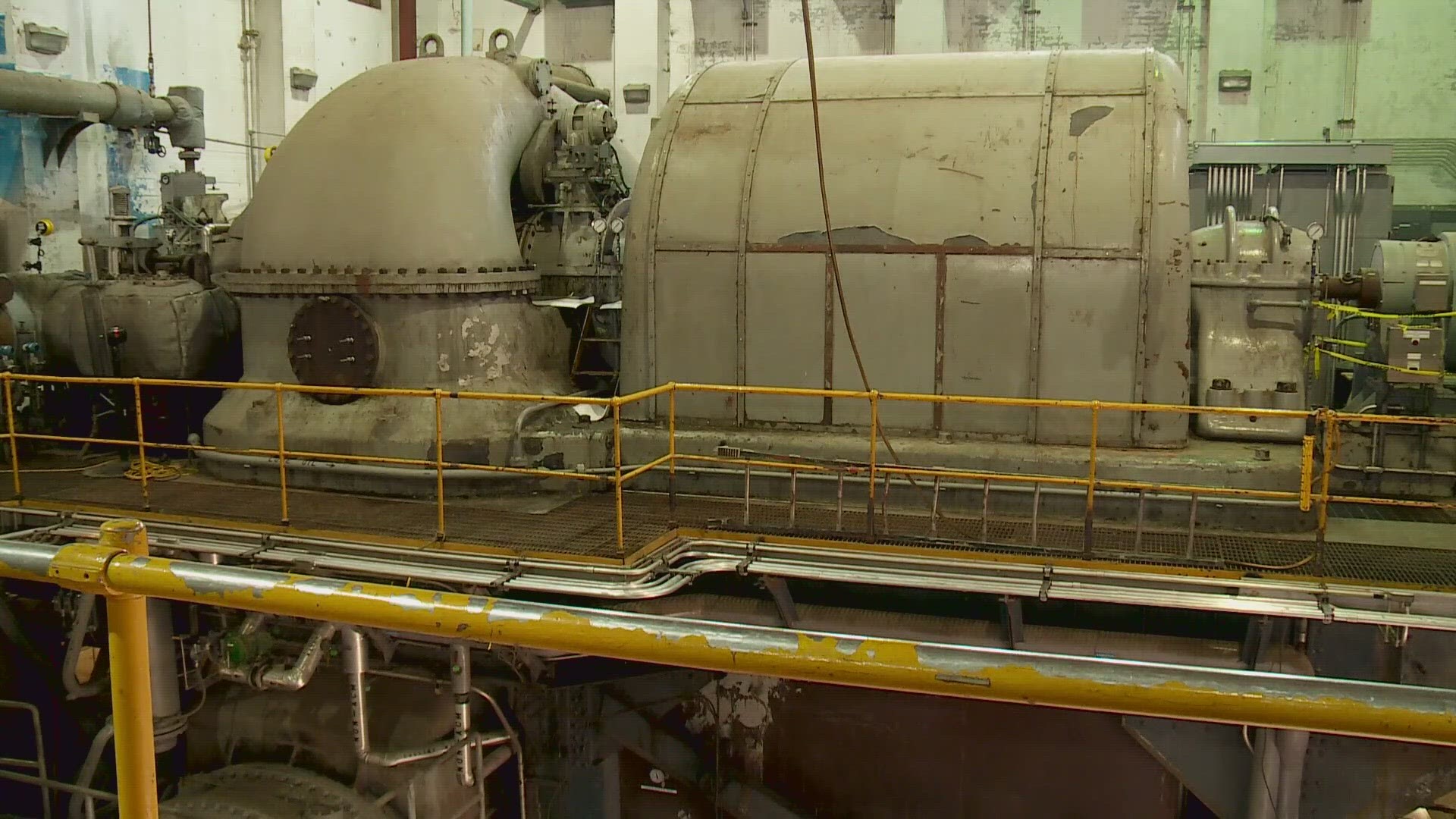The lifting of parking restrictions on the city’s neutral grounds has happened 90 times since 2017’s devastating flood but a deteriorating weather this past weekend situation didn’t rise to the level of calling for that action until it was too late, city officials said at a committee meeting Wednesday.
Collin Arnold, the city of New Orleans Homeland Security Director, said that based on weather reports that he had seen, he believed the rain totals would be manageable and he was more concerned with “the tornado watch and about lightning than rainfall.
"That was an error on my part."
Arnold said that by the time a Flash Flood Warning came out at 5:18 a.m., he wasn’t going to “send everyone out in a rainstorm to move their vehicle.”
Meteorologists from WWL Louisiana and the National Weather Service did, in fact, raise the specter of flood chances as early as Friday's 5 and 6 p.m. newscasts and the forecast got more concerning as the day moved on.
Ron Spooner, the general superintendent of the Sewerage and Water Board said they focused on the part of the forecast that said an expected 2-3 inches through Sunday. "That's three inches over a 24-30 hour period. We can manage that."
But the training of storms nearly doubled those totals in some areas and the loss of a key power source at the Sewerage and Water Board, made the situation more dire.
The bottom line, said Arnold, is that city leaders were “devastated by what happened on Saturday to our fellow residents who had issues with floodwater.”
Arnold did say that there are complications to lifting parking restrictions that include cars staying too long on neutral grounds and some parking in spots they aren’t supposed to, like blocking streetcar tracks and causing problems for sanitation and public works.
City council committee members said they’ve been inundated with calls and emails over not receiving any notifications from the city’s emergency service NOLA Ready as the rains continued and started collecting in the streets and the city’s Sewerage and Water Board lost a key source of power to pump it out.
Arnold said while the city can send out notifications on parking restrictions, the onus for flash flood alerts comes from the National Weather Service. NOLA Ready, however, can, and sometimes has amplified those alerts with some of their own. The council pointed out that many people said they didn’t receive an alert on the Flash Flood Warning from the National Weather Service.
Arnold and the Sewerage and Water Board pledged to increase communication with the public, especially given the fragility of the power supply to power drainage pumps.
“You’ll see much more frequent weather alerts and parking restrictions moving forward,” said Arnold.
Arnold and the members of the Sewerage and Water Board said they will be much more responsive to weather situations that may not quite seem dire, especially given the precarious situation around the power supply until a new substation comes on board in August of 2025.
“Our system is fragile and probably is going to get more fragile than it is today,” Ghassan Korban, the executive director of the Sewerage and Water Board.
Near the end of the committee hearing, Councilman Joe Giarrusso asked if the city could front $30 million soon, would it move up the completion date of the new substation from the peak of hurricane season in 2025. Korban said they would run the numbers, but it could likely at least move up the substation completion date from peak hurricane season, usually mid-August, of 2025, to much earlier in that year.

